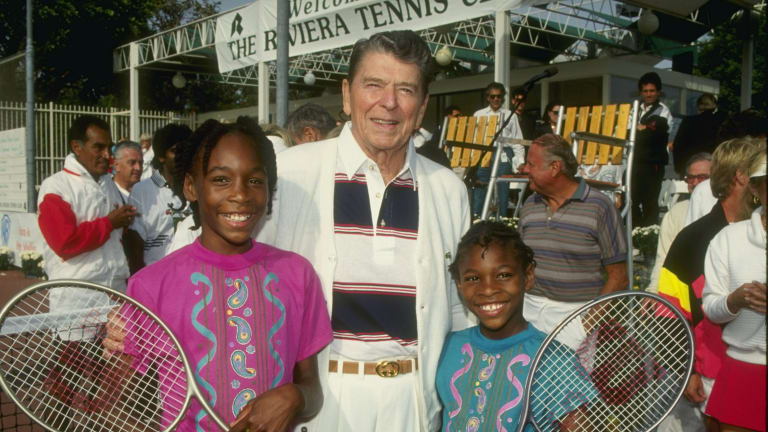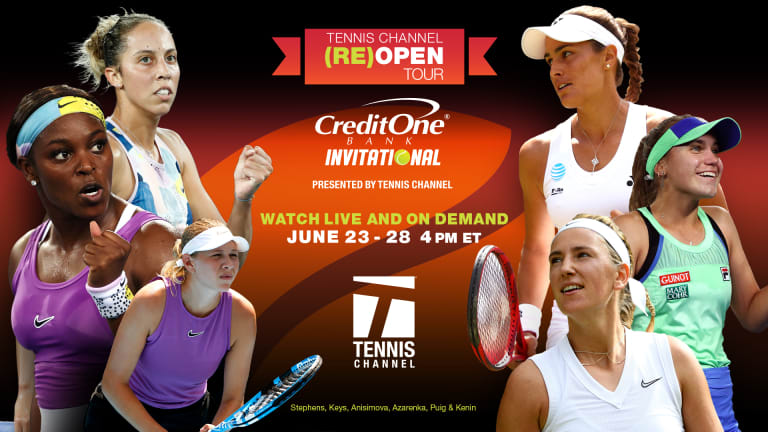Getty Images
Tennis camps are about as immersive as it gets. “I’m very upset about this,” says Mike Gardner, who’s been operating the Nike Tennis Camp located at Amherst College since 1994. “We’ve been there a long time and have a tremendous staff. Our staff builds relationships with campers. Some kids were signed up for six weeks. They’re like family. Tennis is part of it, but it’s also the social, the activities, living away from home, the off-campus trips.”
Steve Williams, director of an adidas camp that takes place at Colorado State University, had hoped enough restrictions would ease in Colorado to make a camp possible. “At one point we thought we’d only have a day camp,” says Williams. But when it was determined that the 12 courts on the campus would be used for a COVID-19 testing center, Williams knew it was best to shut down his camps for the summer. “It’s just not meant to be,” he says.
Though quite different from residential camps, day camps remain a possibility, most easily run at private clubs. “Our phone is ringing off the hook,” says Julian Krinsky, founder and owner of Philadelphia-based Julian Krinsky Camps & Programs. Krinsky this summer will be running day camps at two venues in Philadelphia. It’s also possible for instructors to create versions of camps on private courts.
Of course, day camps also require following a number of protocols. “Day camp is doable,” says Gardner, “so long as you do things like take temperatures, watch each kid wash their hands, walk on court in file, put the bags six feet away from each other, have no more than four on a court and make sure the instructor is the only one to touch the balls.” Those are a few of the top-line regulations. According to Gardner, the rulebook for operating a day camp in Massachusetts is 62 pages long. Given this level of detail, one can also understand camp director concerns about a host of potential liability-related issues.
Looking ahead, camp directors are optimistic that 2020 is an aberration and that 2021 will be drastically different. “A vaccine’s going to be really important,” says Hoeveler. As happened after 9/11, and likely even more so, fewer campers will attend venues that require airplane travel, opting even more frequently for sites that can be reached by car. And of course, operating the camps will demand a new level of vigilance. “There’ll be a lot of boxes to check,” says Charley Biggs, managing partner of eCamps, the company that runs adidas Tennis Camps.
But directors are certain that loyalty will prevail. “You talk to almost any player who’s playing as an adult, whether they’re at the recreational or tournament level, and you’ll find they’ve had a camp experience that’s been positive,” says Paul Settles, who for 16 years has run Nike Tennis Camps on the campus of Claremont McKenna College, a liberal arts school 36 miles east of Los Angeles. “Camp is near and dear to their hearts.” For now, though, this closely knit form of tennis community is on hiatus, eager to eventually stage a powerful reunion.

